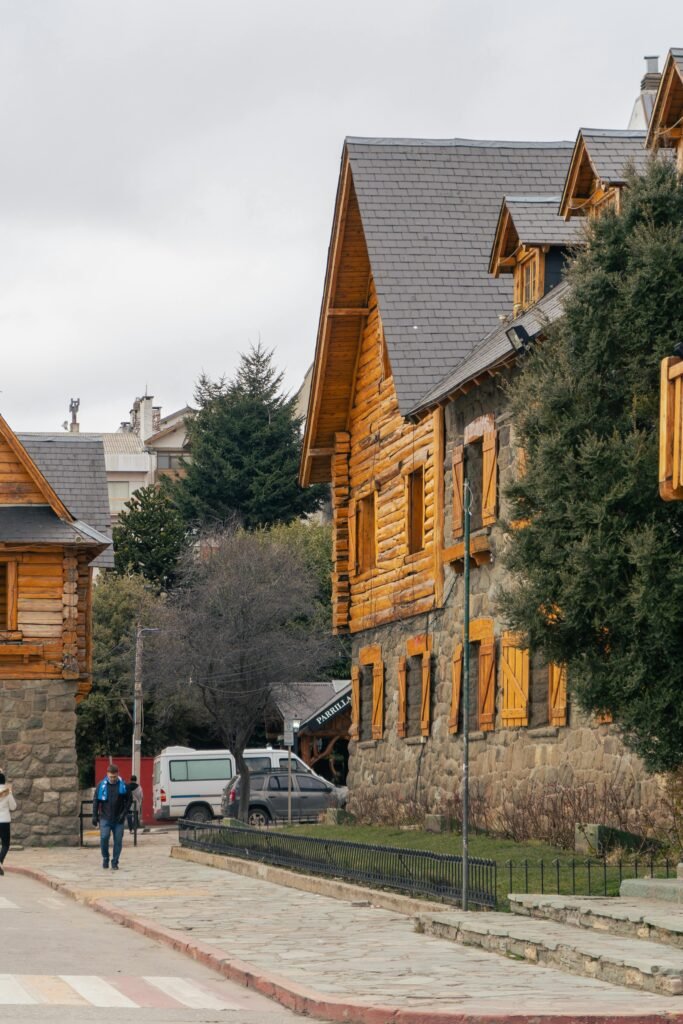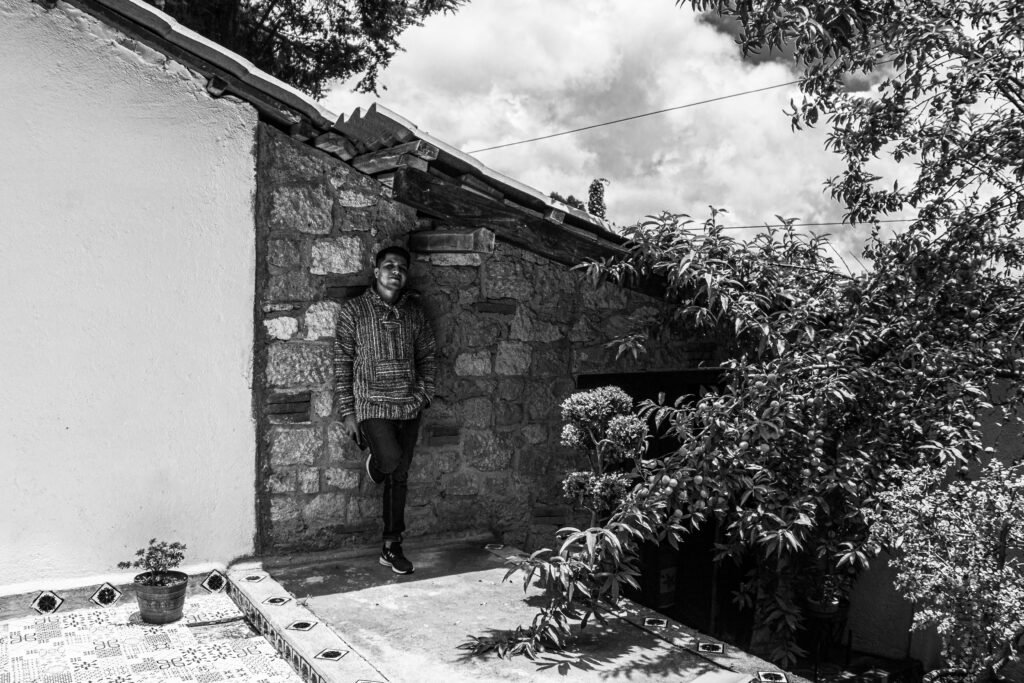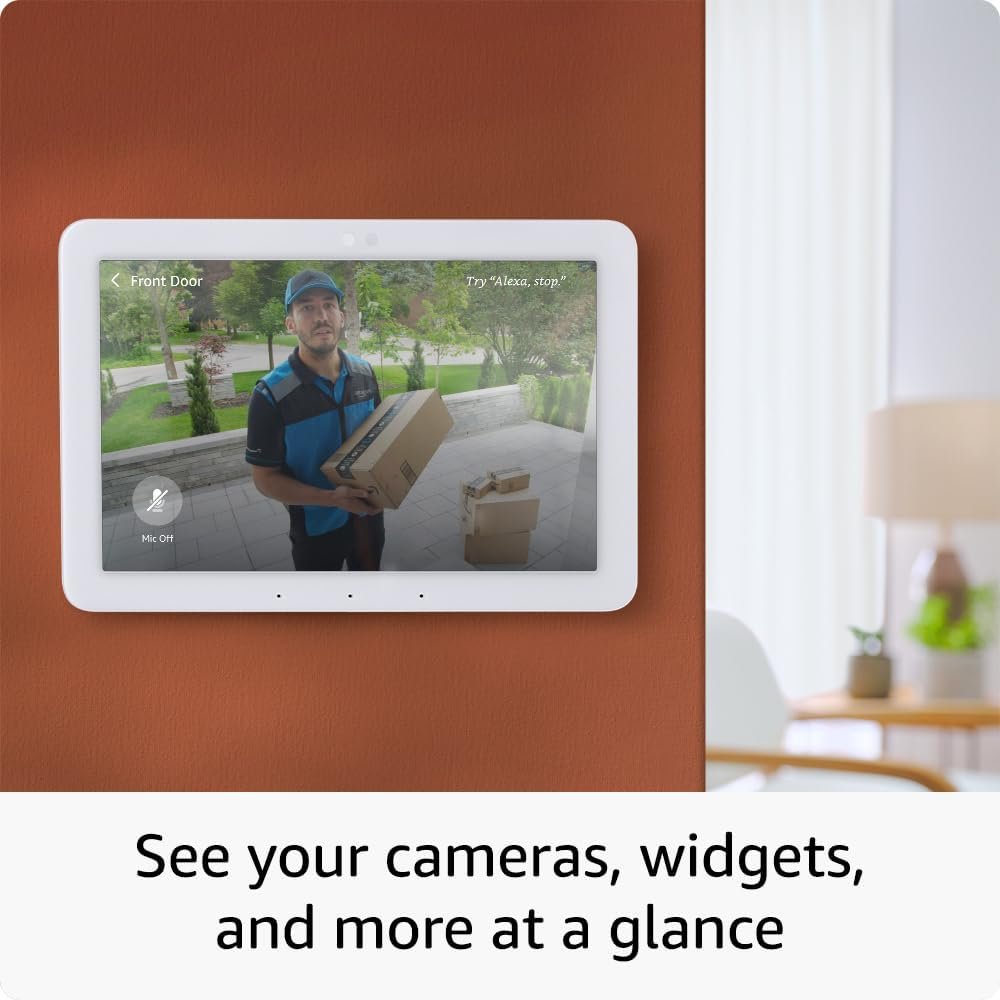Have you ever wondered why more people aren’t making the shift to green construction? In recent years, there’s been a growing awareness about the environmental impacts of traditional building methods and the benefits of adopting sustainable practices. Yet, despite the progress, the transition to green construction isn’t happening as rapidly as one might expect. Let’s take a closer look at the reasons behind this and explore what might be holding us back from a more sustainable future in construction.

Understanding Green Construction
What is Green Construction?
Green construction, often associated with sustainable or eco-friendly building, involves the design and construction of buildings with a focus on minimizing environmental impact. This approach prioritizes energy efficiency, the use of sustainable materials, and the conservation of resources throughout a building’s lifecycle.
The core principles of green construction can be summarized in a few key goals: reducing waste, lowering carbon emissions, using renewable energy sources, and creating healthier living and working environments. By integrating these principles into construction projects, green building methods provide economic, environmental, and societal benefits.
The Current Landscape of Green Construction
Green construction is not a novel concept; it has been gaining traction over the last few decades. Yet, the current adoption rates do not match the urgency of the environmental challenges we face today. Despite advancements in technology and a growing body of evidence supporting the benefits of sustainable building, the transition to green construction remains slower than expected.
The sector does show promise, with some countries and regions adopting green building certifications like LEED, BREEAM, and others. However, global adoption is uneven, and there are several barriers that contribute to this inconsistency. Understanding the landscape of green construction helps us identify where we stand today and what obstacles we need to tackle.
Barriers to Adoption
High Initial Costs
One of the most significant barriers to adopting green construction practices is the perception of higher initial costs. Green buildings often require more upfront investment due to the use of advanced materials and technology. For example, installing energy-efficient HVAC systems, solar panels, or high-performance insulation can be costly at the outset.
However, it is essential to consider the long-term savings associated with these investments. Green buildings typically have lower operating costs due to their energy and water efficiency, which can offset the initial expenses over time. Despite this, the immediate financial outlay can be a significant deterrent for developers and homeowners alike.
Lack of Awareness and Education
Another barrier is the lack of awareness and education regarding the benefits of green construction. Many developers, contractors, and homeowners are unfamiliar with sustainable building practices or do not fully understand their advantages. This knowledge gap can lead to reluctance in adopting these new approaches.
Efforts to bridge this gap through education and training programs can empower industry professionals to consider greener alternatives. Promoting the economic and health benefits associated with green buildings can also help shift perceptions and drive wider adoption.
Regulatory and Policy Challenges
The regulatory environment can also hinder the progress of green construction. While some areas have supportive policies and incentives in place, others may have outdated building codes or insufficient incentives for sustainable practices. This inconsistency can make it challenging for builders to integrate green methods into their projects, especially in regions with less supportive frameworks.
To overcome this barrier, there is a need for consistent and robust policies that encourage sustainable building practices. Governments and regulatory bodies can play a significant role by setting standards, offering incentives, and creating an environment conducive to green construction.
Limited Availability of Green Materials
Access to sustainable materials is another hurdle. The supply chain for green building materials is not as well-developed or widespread as traditional materials. This limited availability can lead to higher costs and longer lead times, making it less appealing for builders to choose sustainable options.
To address this, increasing investment and interest in developing green material supply chains is crucial. As demand grows, the market for these materials can become more competitive, lowering costs, and making it easier for builders to access what they need for sustainable projects.

Benefits of Green Construction
Environmental Benefits
The environmental benefits of green construction are perhaps the most compelling reason to make the switch. Sustainable buildings consume less energy and water, reduce waste, and lower carbon emissions. By choosing materials with a lower environmental footprint, builders can lessen the impact on natural ecosystems and contribute to a healthier planet.
Additionally, green buildings often incorporate renewable energy sources, such as solar or wind power, further reducing reliance on fossil fuels. These practices collectively contribute to combatting climate change and preserving natural resources for future generations.
Economic Benefits
Investing in green construction can lead to substantial economic benefits in the long run. Though the initial costs may be higher, the reduced operating expenses resulting from energy and water efficiency can lead to significant savings. Green buildings often experience higher occupancy rates and property values, making them attractive investments for developers and property owners.
Moreover, as demand for eco-friendly buildings increases, there is potential for job creation in sectors related to sustainable technology and materials. The growth of the green construction industry could lead to new employment opportunities and drive economic progress.
Health and Social Benefits
Green construction focuses not only on environmental and economic gains but also on creating healthier living and working environments. By improving indoor air quality through better ventilation and the use of non-toxic materials, green buildings contribute to the well-being and productivity of their occupants.
Furthermore, by fostering sustainable communities, green construction can enhance social capital and promote a sense of connection among residents. Green spaces, natural lighting, and efficient design contribute to developing urban areas that cater to the well-being of their inhabitants while preserving ecological integrity.
Overcoming the Challenges
Financial Incentives and Funding
To address the financial challenges associated with green construction, providing incentives and funding can be an effective approach. Governments can offer tax breaks, subsidies, or grants to encourage developers and homeowners to choose sustainable options. Financing programs that minimize the initial cost burden, such as low-interest loans for green projects, can also facilitate wider adoption.
Expanding Education and Awareness
Raising awareness about the benefits of green construction is essential. Educational campaigns and training programs for industry professionals can dispel misconceptions and promote understanding of sustainable practices. By showcasing successful green projects and their benefits, stakeholders can be motivated to consider green construction as a viable, advantageous option.
Policy Reforms and Standardization
Policy reforms that promote green construction can help overcome regulatory barriers. Streamlining building codes to include sustainable practices and providing clear guidelines can facilitate the integration of green methods into standard construction practices. International collaboration on sustainability standards can create a unified approach to greener building efforts worldwide.
Innovation and Technology
Continuing innovation and advancements in technology play a significant role in promoting green construction. Developing more cost-effective and efficient sustainable technologies can make green building practices more accessible. As new materials and methods become available, they can address the challenges of affordability and availability, aiding the transition to greener construction.

The Role of Stakeholders
Government and Policymakers
Government bodies and policymakers have a critical role in shaping a sustainable future for construction. Through policy creation, incentives, and regulations, they can provide the framework necessary for green practices to flourish. By setting ambitious targets for sustainability, governments can drive progress and encourage industry-wide change.
Industry Professionals
Architects, builders, and developers are on the front lines of the construction industry. By adopting and promoting green building practices, they can lead the transition towards sustainability. Collaboration among professionals can facilitate the exchange of knowledge and best practices, accelerating the adoption of eco-friendly methodologies.
Consumers and Homeowners
Consumers and homeowners are increasingly recognizing the benefits of green construction. Their demand for sustainable options can drive market trends and push industries towards greener practices. By prioritizing sustainability, consumers create pressure for change, influencing developers and policymakers to prioritize green construction.
Conclusion
The reasons behind the slow adoption of green construction are multi-faceted, involving financial, regulatory, and awareness challenges. However, the benefits of making the shift are clear, spanning environmental, economic, and social domains. By addressing the barriers and fostering cooperation among stakeholders, the transition to green construction can gain momentum. The future of building depends on our collective efforts to prioritize sustainability and innovate solutions for the challenges we face today. As we embrace these changes, we pave the way for a healthier, more sustainable world for generations to come.



